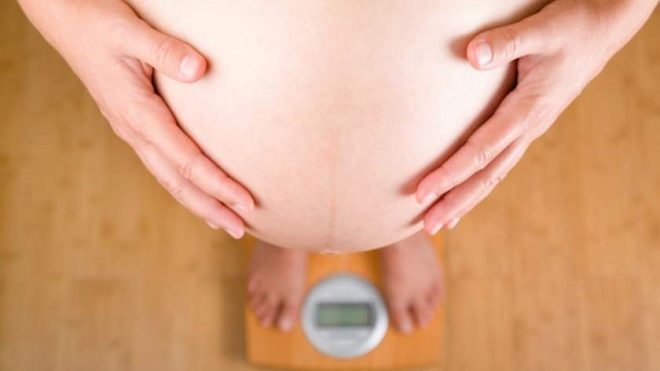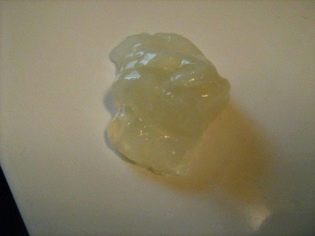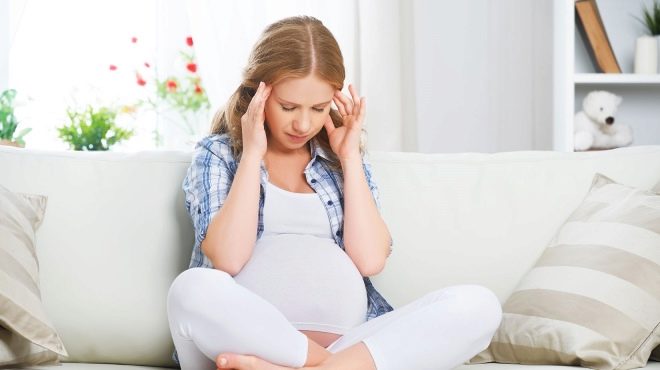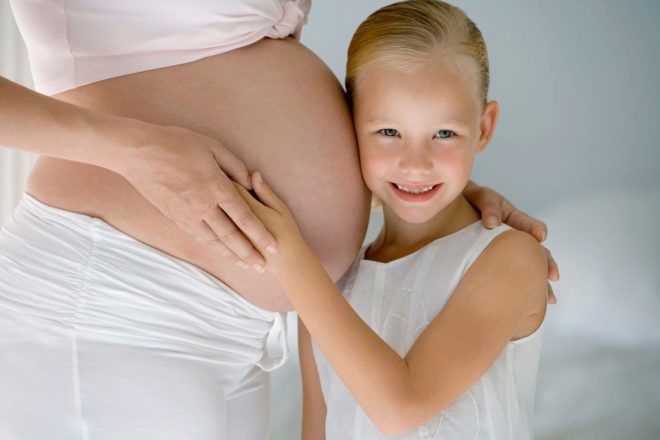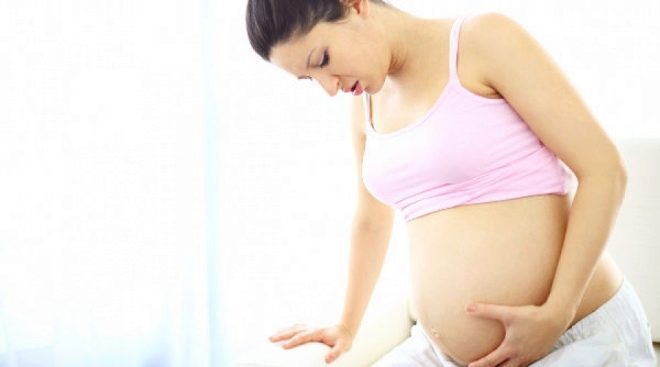Symptoms of childbirth in multiparous
Women who are going to give birth again usually have a lot to understand and know in this process, but nevertheless there is one nuance that causes questions - how to understand the sensations and not to miss the onset of labor. Most pregnant women are aware that the following genera are completely different from the first, and therefore all sensations and forerunner signals may differ significantly. In this article we will tell you about exactly how women who give birth not for the first time recognize that childbirth begins.
Differences of the next birth
Primordial woman from the multiparous is primarily distinguished by the presence of special experience that cannot be shared or learned from the Internet and the stories of "experienced". Generic experience gives a woman more confidence, helps mentally and physically choose the right training tactics. There is no panic in giving birth again, as well as a strong, irresistible fear, which sometimes prevents mothers from giving birth easily and without tearing for the very first time.
In pregnant women who have generic experience, the body prepares for a responsible process faster. And this is an undoubted medical fact. The muscles of the uterus after the first birth are more elastic, and the cervix opens more quickly, with less internal resistance. Therefore, the birth of a multiparous woman and the preparation for it take place more intensively and take less time at any of the stages.
Harbingers, who may suggest that childbirth is soon, with re-pregnancy usually appear just before the onset of labor, whereas at birth the firstborn could be felt by the harbingers of the future mother three or four weeks before the birth.
The forerunners themselves feel more sensitive in those who are multiparous, therefore sometimes even imperceptible or a woman simply does not realize the unobtrusive sensations, which by their nature are not very similar to what happened to her during her first pregnancy.
Such features do not leave a woman a great choice. After the discovery of signs of upcoming birth, she needs to conduct final preparation and training, since the precursors often come only 1-3 days before the onset of labor or several hours. And after the appearance of regular true contractions, you should not stay too long at home, because the period of contractions will be shorter than it was for the first time.
Forerunners
Approaching childbirth experienced pregnant woman easily recognizes the precursors. The difficulty is that the harbingers of the forthcoming births themselves appear much later than in the first pregnancy. Second births themselves occur most frequently at 38-39 weeks. Until the 40th week, second babies don rarely. Harbingers begin a few days, and sometimes a pregnant woman begins to feel changes in her condition just a few hours before the onset of labor.
The first signs of an imminent imminent labor for a recurring woman mean that it is time to check whether everything is collected in the maternity hospital, whether everything is ready for the baby, whether the documents are necessary for hospitalization. On what signs and symptoms you definitely need to pay attention, consider in more detail.
Abdominal prolapse
Before childbirth, the baby takes the most comfortable and physiologically correct position - the head is pressed against the exit of the uterus. Because of this, the stomach, as the doctors and the women themselves say, falls. The height of the bottom of the uterus is reduced, due to this changes not only the shape of the abdomen, but also the well-being of the pregnant woman.She becomes easier to breathe, shortness of breath and heartburn are reduced, but the sensations of pressure in the very lower abdomen are noticeably enhanced. The baby begins to press the bladder with the head, the pressure on the pelvic bones increases, and this causes pain in the region of the symphysis joint, and urination also becomes more frequent.
If at the first birth this could happen in a few weeks, then with repeated baby head down most often 2-3 days before birth, and in some cases half an hour before or with the start of labor. And also it is possible that the stomach does not fall at all. This scenario is real if the woman bears twins or triplets, in the presence of polyhydramnios, as well as in the wrong position of the fetus in the uterus other than the head.
Weight loss
A woman begins to lose weight due to the release of excess fluid that has accumulated under the action of progesterone. As soon as the concentration of this hormone begins to decrease (which is an active preparation of the body for childbirth), the liquid begins to leave the woman’s body. In addition, the amount of amniotic fluid decreases, because the baby is already quite large, there is simply not enough space in the uterus for it and for the former volume of amniotic fluid - the fetal membranes under pressure may burst prematurely. In total, a woman loses up to 2-3 kilograms about a week before giving birth.
Changing the nature of discharge
Discharge from the genitals changes, usually - 2-3 days before giving birth during the second pregnancy. They become more fluid and abundant than before. This is due to changes in hormonal levels and a decrease in the concentration of progesterone. In some cases, watery discharge may indicate leakage of amniotic fluid. And because when you change the discharge, you must consult with your doctor.
In the second pregnancy, the cervix undergoes prenatal preparation more quickly, and therefore the discharge of the mucous plug in the multiparous is usually complete, that is, the clot of mucus, which is the mucus plug, leaves the cervical canal completely. This one especially can serve a woman not the most kind of service - a cork can go unnoticed, for example, during a bowel movement or a shower.
Experienced mothers already know that after the mucus leaves the cervical canal it is impossible to bathe in the river, at sea, you can not take a bath and have sex to avoid infection of the uterus, because the entrance to it is no longer protected by a stopper.
Colostrum and breast engorgement
Selection of colostrum from a greatly enlarged breast during repeated pregnancy will not be as bright a harbinger of childbirth as during the first pregnancy, because the milk ducts of the laboring mothers are not the first time, wider, and therefore the colostrum in many begins to be produced in the first trimester of pregnancy. At the end of the term of carrying the baby in this case, the colostrum simply becomes larger.
Strangeness and behavior change
Immediately before childbirth, women note that their tastes may change, appetite changes, insomnia appears, the emotional response to all events increases. Even a household trifle can bring a woman to bitter and sincere tears, and in half an hour she will laugh heartily at a book read or a scene seen in a film. Such oddities - a consequence of changes in hormonal levels.
Often women note the appearance of increased anxiety and irritability, but these manifestations are not at all mandatory.
Baby behavior
Shortly before giving birth, even mobile and active children calm down and slightly reduce their physical activity. Usually in the second birth, this occurs 2-4 days before the birth. Why this happens is not fully known. Some scientists believe that the matter is in the internal preparation of the fetus, in a peculiar mode of "energy saving", in which the baby rests and saves his strength, because childbirth and for him is not an easy process.Others suggest that the decrease in activity has a fairly simple physiological explanation - the child simply becomes very crowded in the uterus, since it has practically reached its maximum parameters and weight.
Neck ripening
The cervix ripens gradually, but before the second birth, this process usually takes much less time than before the first, and therefore at 38 weeks the cervix may not be mature enough, according to an obstetrician-gynecologist in the antenatal clinic. Within a few days, it will be shortened, smoothed out, and will be slightly ajar, fully ready for subsequent disclosure at the same time as the birth pains.
With insufficient maturity or immaturity of the cervix, the woman is offered hospitalization for preliminary medical preparation of the cervix for childbirth. But at the second birth, it is rather a rarity.
What is important to know when analyzing your own feelings? The fact that sometimes the symptoms of harbingers can be a complication of pregnancy. Anything that is in doubt should be discussed with your doctor.
So, diarrhea and nausea may not be a sign of childbirth in a few days, but a common food poisoning or intestinal infection. And the increased urination in combination with the painfulness of the process itself is a sign of cystitis or kidney problems.
All preparatory signs are closely related to the physiological manifestations of preparation for childbirth. Pricking, nagging sensations in the lower abdomen and in the lower back, irregular training contractions suggest that the uterus gained the necessary mass, its neuro-contractile apparatus began to mature, during which the uterine tissues lose excess muscle fibers and the cervix begins to shorten and decrease.
The brain becomes less susceptible to the nerve impulses of the uterine receptors, but the excitability of the spinal cord increases. The placenta is rapidly aging and at some point begins to produce the hormone oxytocin, which should eventually lead to rhythmic contractions of the muscles of the uterus, which will be the first labor contractions.
Onset of labor
The onset of childbirth is multiplying, despite the already existing experience, it is not always possible to recognize immediately. The thing is that they flow smoothed out, and latent contractions, symbolizing the beginning, can be less tangible. But still, as in the first birth, the signs of labor will consist in systematic uterine contractions, in that they will be repeated at regular intervals. It is the careful observation of the fact that “pulls” or “aches”, as well as the measurement of the time between the occurrence of such sensations, will help a woman to know the true labor contractions in time, to understand that the labor began.
The first contractions are usually repeated at intervals of 30–35 minutes. There is no acute pain, rather, sensations can be compared with feelings during menstruation. But it’s not worth staying at home for too long. If at the first birth the latent period lasted about 8–10 hours, then at the second it will be no more than 6 hours, after which the cervix will open up to 3-4 centimeters and active contractions will begin. And because in the maternity hospital you need to go with contractions, the interval of which is not one in five minutes, as it was the first time, if the birth was without complications, but with an interval of one contraction in 10 minutes.
All stages of labor activity will be less painful and significantly reduced in time, unless, of course, labor proceeds according to the classical scheme, without pathologies and complications.
In the second birth, as well as the first, it is very important to immediately call an ambulance if the birth did not start from contractions, but from the discharge of amniotic fluid or the appearance of blood discharge from the genital tract. Both of these situations require the immediate involvement of qualified medical personnel.
See the next video for precursors of labor.







